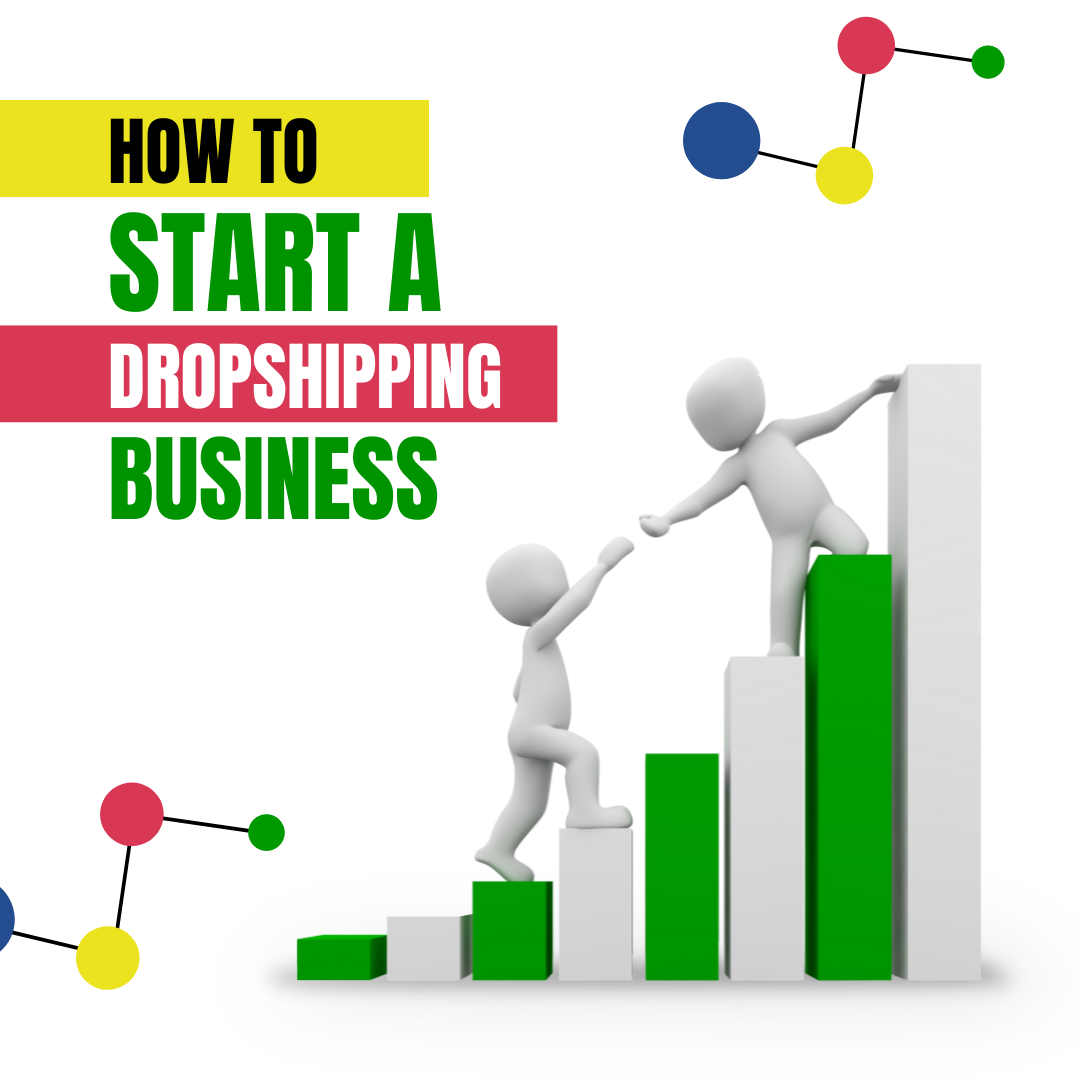Starting a dropshipping business can be an excellent way to enter the e-commerce world with minimal upfront investment. As a dropshipper, you don’t need to worry about inventory management, warehousing, or shipping logistics. Instead, you can focus on marketing and selling products. In this guide, we’ll walk you through the essential steps to start a successful dropshipping business.
1. Choose a Niche
Why It’s Important: Selecting the right niche is crucial to your dropshipping success. A well-defined niche helps you target a specific audience, reducing competition and increasing the chances of building a loyal customer base.
Tips for Choosing a Niche:
- Research trending products and market demand
- Consider your interests and passions
- Evaluate the competition
- Ensure the niche has profit potential
2. Conduct Market Research
Why It’s Important: Understanding your target market helps you make informed decisions about product selection, pricing, and marketing strategies.
Market Research Tips:
- Use tools like Google Trends, SEMrush, and Ahrefs to analyze market trends
- Study your competitors’ websites and social media channels
- Gather insights from customer reviews and forums
3. Find Reliable Suppliers
Why It’s Important: Reliable suppliers ensure timely product delivery and maintain product quality, which are critical for customer satisfaction.
Finding Suppliers:
- Use platforms like AliExpress, Oberlo, and SaleHoo to find suppliers
- Verify supplier reliability by checking reviews and ratings
- Communicate with suppliers to gauge their responsiveness and professionalism
4. Create Your Online Store
Why It’s Important: Your online store is the face of your business. A well-designed, user-friendly website can significantly impact your sales and customer retention.
Steps to Create Your Store:
- Choose a platform like Shopify, WooCommerce, or BigCommerce
- Select a domain name that reflects your brand
- Use a professional theme and customize it to match your brand identity
- Ensure your website is mobile-friendly and optimized for SEO
5. Optimize Your Product Pages
Why It’s Important: Well-optimized product pages can improve your search engine rankings and increase conversions.
Optimization Tips:
- Write detailed and compelling product descriptions
- Use high-quality images and videos
- Implement customer reviews and ratings
- Optimize for SEO by including relevant keywords
6. Set Up Payment Gateways
Why It’s Important: Offering multiple payment options can enhance the user experience and reduce cart abandonment rates.
Payment Gateway Options:
- PayPal
- Stripe
- Square
- Shopify Payments
7. Implement a Marketing Strategy
Why It’s Important: Effective marketing drives traffic to your store and converts visitors into customers.
Marketing Strategies:
- Social media marketing: Leverage platforms like Instagram, Facebook, and TikTok to promote your products
- Content marketing: Create blog posts, videos, and infographics to attract and engage your audience
- Email marketing: Build an email list and send regular newsletters with promotions and updates
- Influencer marketing: Partner with influencers to reach a broader audience
8. Focus on Customer Service
Why It’s Important: Excellent customer service can lead to repeat business, positive reviews, and word-of-mouth referrals.
Customer Service Tips:
- Offer multiple contact options (email, phone, live chat)
- Respond promptly to customer inquiries and complaints
- Provide clear and concise return and refund policies
- Use CRM tools to manage customer relationships
9. Analyze and Optimize
Why It’s Important: Regular analysis helps you identify what’s working and what needs improvement, allowing you to optimize your business for better performance.
Analysis Tools:
- Google Analytics: Track website traffic and user behavior
- Facebook Pixel: Measure the effectiveness of your Facebook ads
- Hotjar: Gain insights into how users interact with your website
10. Scale Your Business
Why It’s Important: Once your dropshipping business is profitable, scaling can help you reach new markets and increase your revenue.
Scaling Tips:
- Expand your product range
- Explore new marketing channels
- Automate processes using tools like Zapier
- Consider outsourcing tasks to freelancers or agencies
Conclusion
Starting a successful dropshipping business requires careful planning, research, and execution. By following these steps, you can build a profitable online store with minimal risk and investment. Remember, continuous learning and adaptation are key to staying competitive in the dynamic world of e-commerce.
For more tips, resources, and tools to enhance your e-commerce journey, visit Creator Cosmos. Discover our comprehensive suite of services designed to help creators and entrepreneurs thrive in the digital landscape.





